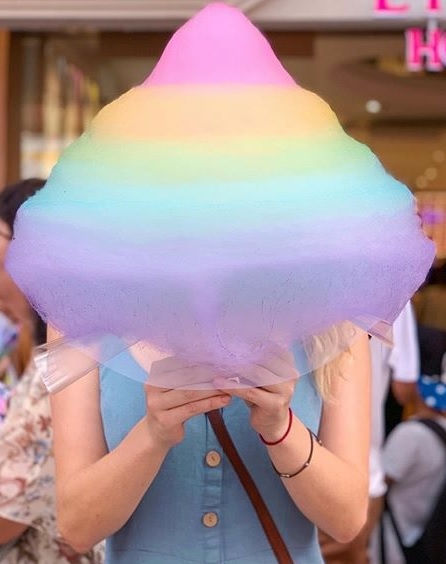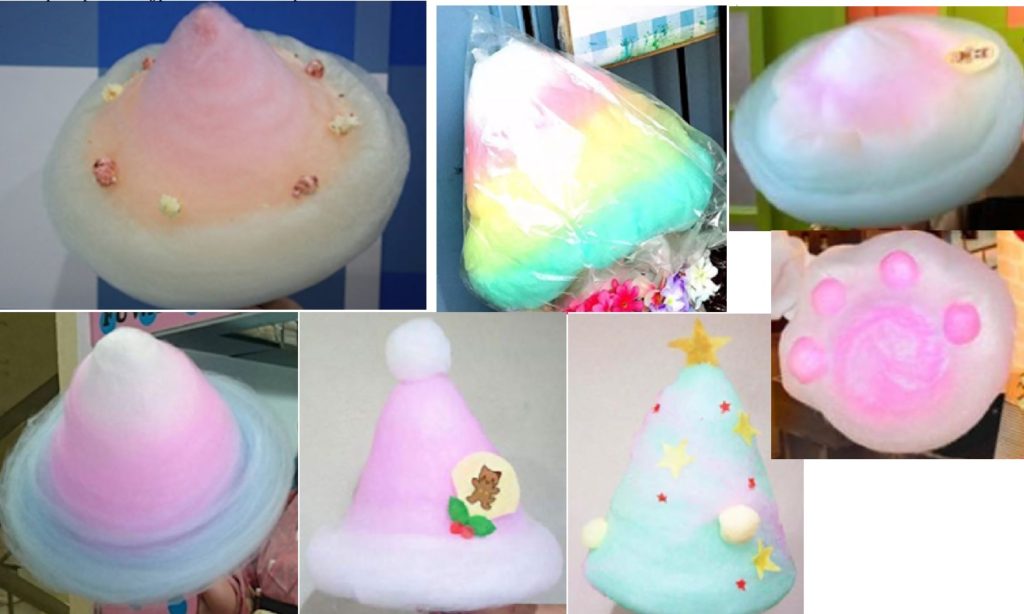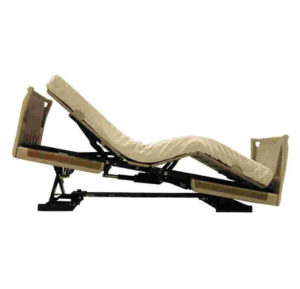In a recent decision, the Appeal Board of Japan Patent Office (JPO) overturned the examiner’s rejection and decided to register the wordmark “F1” in standard character by finding acquired distinctiveness as a source indicator in relation to automobile races in class 41.
[Appeal case no. 2021-1819, Decision date: November 5, 2021]F1
Formula One Licensing BV, managing the trademarks for the FIA Formula One World Championship, applied wordmark “F1” in standard character for use on ‘organization, arranging and conducting of automobile races; providing information relating to automobile races’ in class 41 on May 7, 2018 (TM App no. 2018-58985).
Article 3(1)(v)
The JPO examiner rejected the mark “F1” because of lack of inherent distinctiveness based on Article 3(1)(v) of the Japan Trademark Law on the grounds that a sign consisting of a digit and an alphabet is commonly used in transactions to represent article number, model number or standards. If so, the applied mark shall not play a role in a specific source indicator.
Article 3(1)(v) prohibits any mark from registering if it solely consists of a very simple and common sign.
Trademark Examination Guidelines (TEG) sets forth that a mark consisting of one or two alphabetical letters followed by a numeral, e.g. “A2”, “AB2”, is unregistrable under the article.
Followings are also enumerated as unregistrable marks under the article.
Numerals
One or two alphabetical letters, e.g. “AA”
Two alphabetical letters combined with “-” or “&”, e.g. “A-B”, “C&D”
One or two alphabetical letters accompanied by “Co.”, e.g. “AB Co.”
A numeral followed by one or two alphabetical letters, e.g. “2A”
The applicant filed an appeal against the refusal and argued the distinctiveness of the “FS12” mark.
Formula One Licensing BV filed an appeal against the refusal and argued acquired distinctiveness of the “F1” mark on February 9, 2021.
JPO Appeal Board decision
The Appeal Board affirmed the examiner’s finding that the applied mark “F1” inherently lacks distinctiveness as a source indicator and shall not be registered under Article 3(1)(v).
In the meantime, the Board found the mark has acquired distinctiveness as a result of substantial use in relation to automobile races to indicate Formula One for more than seven decades. The Board could not find a single fact that the term “F1” has been used in relation to the services in question by any entity unrelated to the applicant. If so, the Board has a reasonable ground to believe that relevant consumers and traders would conceive the mark “F1” as a source indicator of Formula One and shall be exceptionally registered under Article 3(2).
Article 3(2)
Notwithstanding the preceding paragraph, a trademark that falls under any of items (iii) to (v) of the preceding paragraph may be registered if, as a result of the use of the trademark, consumers are able to recognize the goods or services as those pertaining to a business of a particular person.
Based on the above findings, the Board overturned the examiner’s rejection and granted protection of the wordmark “F1” in standard character for use on services relating to automobile races in class 41.






















